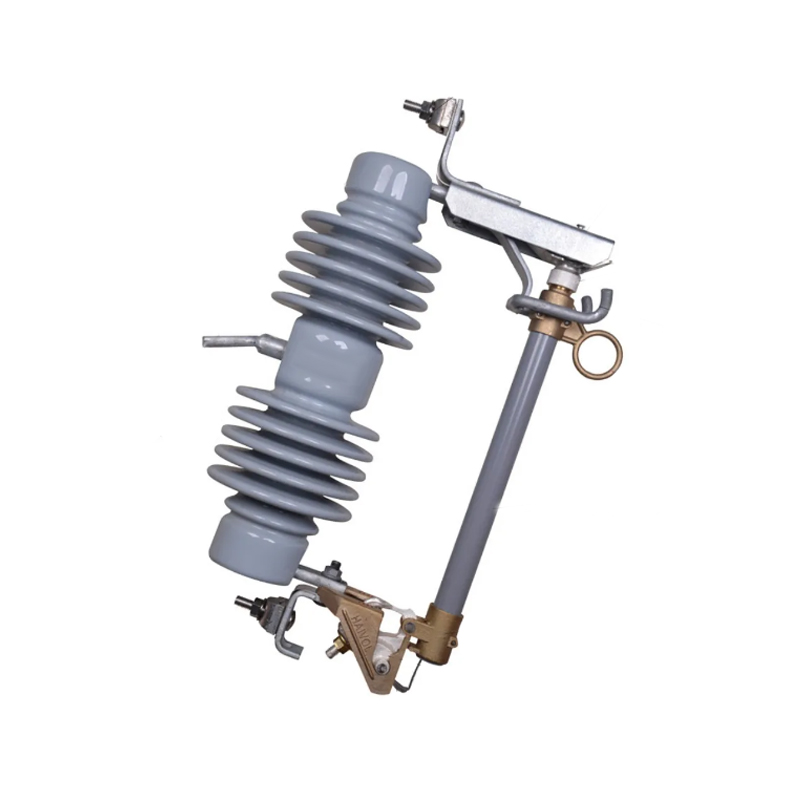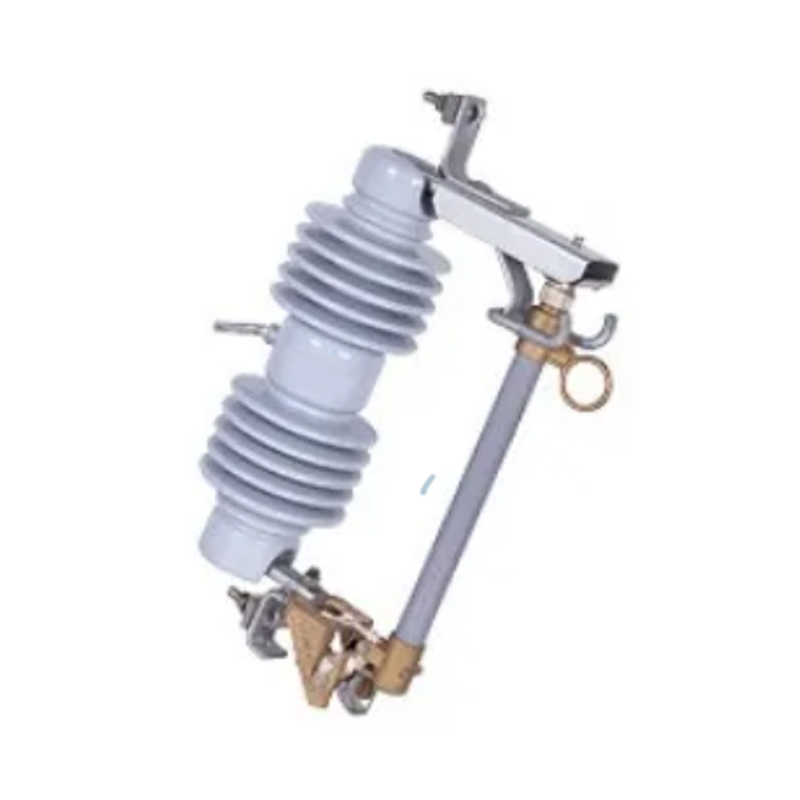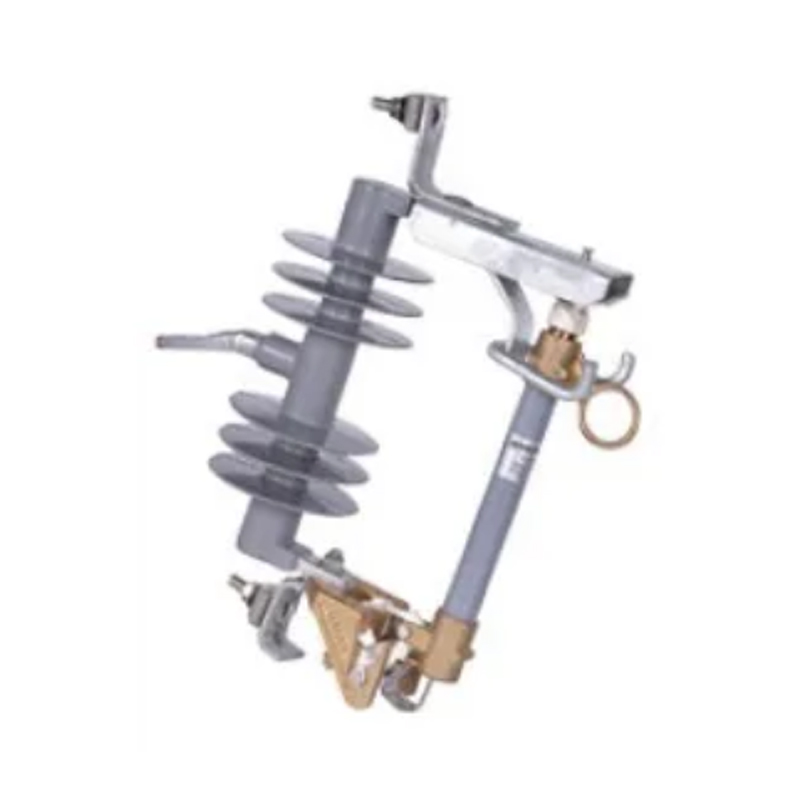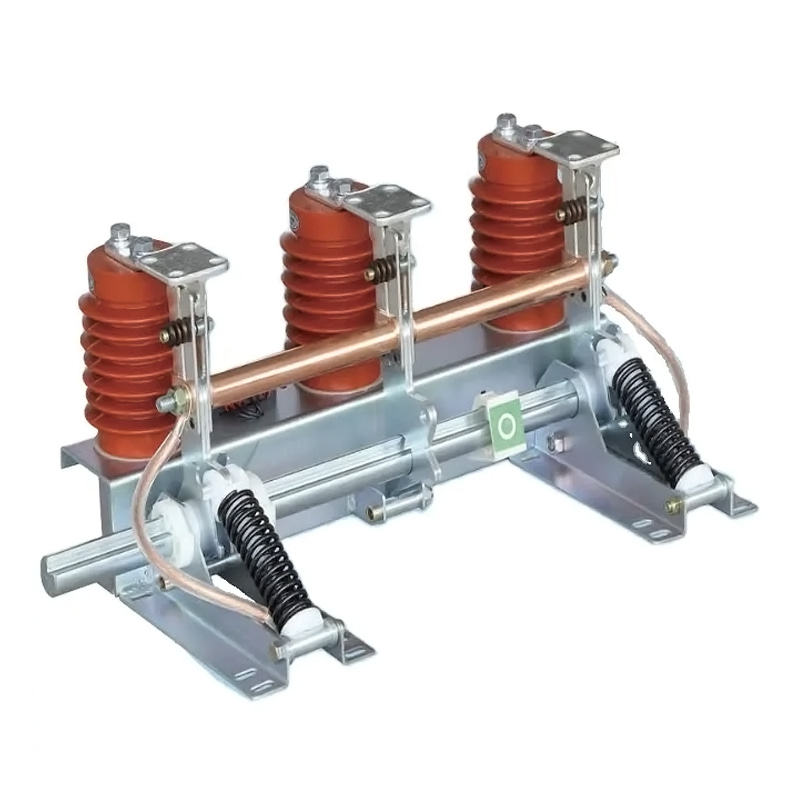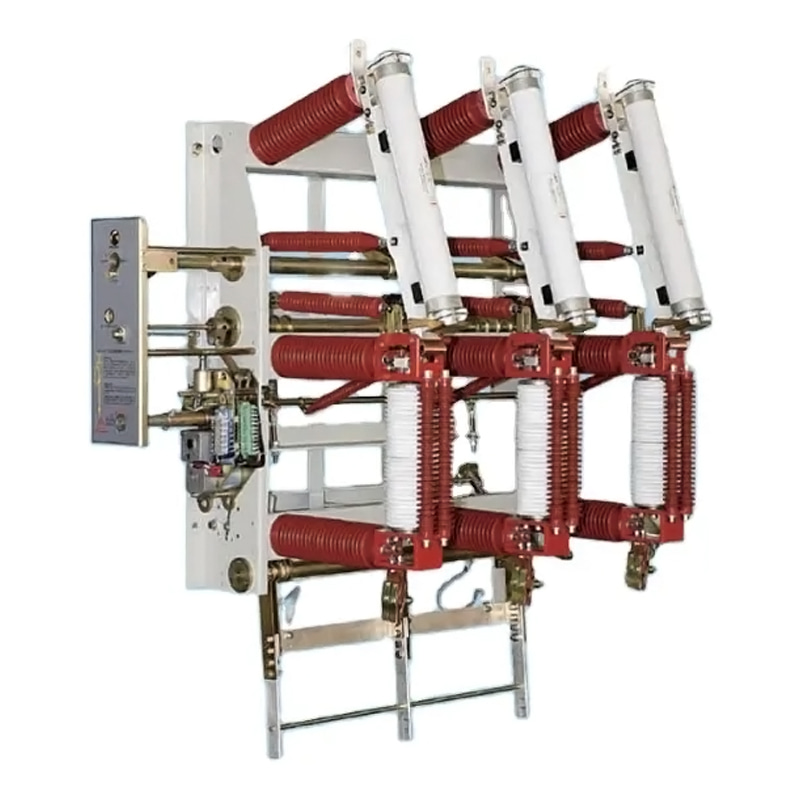Low voltage switchgear is a critical component in electrical distribution systems, designed to control, protect, and isolate electrical circuits. These devices play an essential role in ensuring the safety and reliability of power distribution, especially in residential, commercial, and industrial environments.
Low voltage switchgear refers to a collection of electrical equipment that manages and controls the flow of electricity in low voltage systems, typically up to 1,000 volts. These systems are used to distribute electrical power safely within buildings or industrial facilities. Low voltage switchgear consists of circuit breakers, switches, fuses, and other components that ensure the protection of electrical circuits from faults, overloads, and electrical hazards.
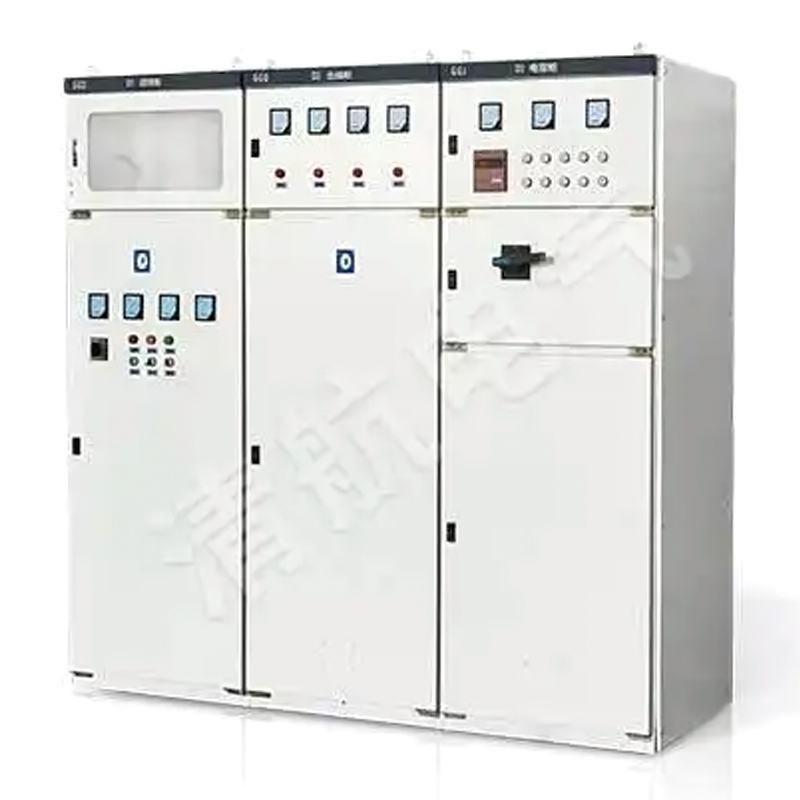
The main purpose of low voltage switchgear is to provide a mechanism for switching electrical circuits on and off, as well as protecting the system from potential damage caused by electrical faults. It ensures that electrical circuits remain operational and safe, even in the event of an issue or malfunction.
Circuit breakers are perhaps the more crucial component of low voltage switchgear. They automatically disconnect the power supply to a circuit in the event of a fault, such as an overload or short circuit. Circuit breakers help prevent damage to electrical equipment by stopping the flow of current when unsafe conditions arise.
Switches in low voltage switchgear are used to manually control the flow of electricity. They can be used to open or close a circuit, allowing operators to disconnect parts of the system for maintenance or repair.
Fuses provide an additional layer of protection by interrupting the circuit if the current exceeds a preset value. Fuses are simple and reliable components that can prevent serious damage to electrical systems by breaking the circuit when an overload occurs.
Busbars are metal bars used to distribute electrical power within a switchgear panel. They serve as a connection point for multiple circuits, enabling efficient power distribution and small the complexity of wiring.
Control and Monitoring Devices control and monitoring devices, such as relays, meters, and sensors, are integrated to help track the condition of the electrical system. These devices provide real-time information on the system's performance, allowing operators to detect faults or irregularities early.
Low voltage switchgear is used in various applications across multiple sectors. It is commonly found in residential buildings, commercial properties, industrial plants, and power distribution networks. These devices are essential for controlling electrical power safely, reducing the risk of electrical fires, and preventing damage to sensitive equipment.
In industrial settings, low voltage switchgear is often used to manage electrical systems in factories, control panels, and motor control centers. These systems are crucial for managing high-capacity electrical loads and protecting against faults that could cause significant damage.
Low voltage switchgear offers several advantages in electrical systems. It enhances the safety of electrical installations by preventing damage from overloads, short circuits, and electrical faults. It also improves the reliability of electrical systems by ensuring that circuits are regularly monitored and maintained.
Additionally, low voltage switchgear allows for greater flexibility in power distribution, as circuits can be easily isolated or redirected when necessary. This flexibility is particularly important in systems that require frequent maintenance or upgrades.
Low voltage switchgear is a fundamental part of any electrical distribution system, offering protection, control, and safety to electrical circuits. Its key components, including circuit breakers, switches, and fuses, work together to safeguard both the system and the people using it.



 English
English русский
русский عربى
عربى